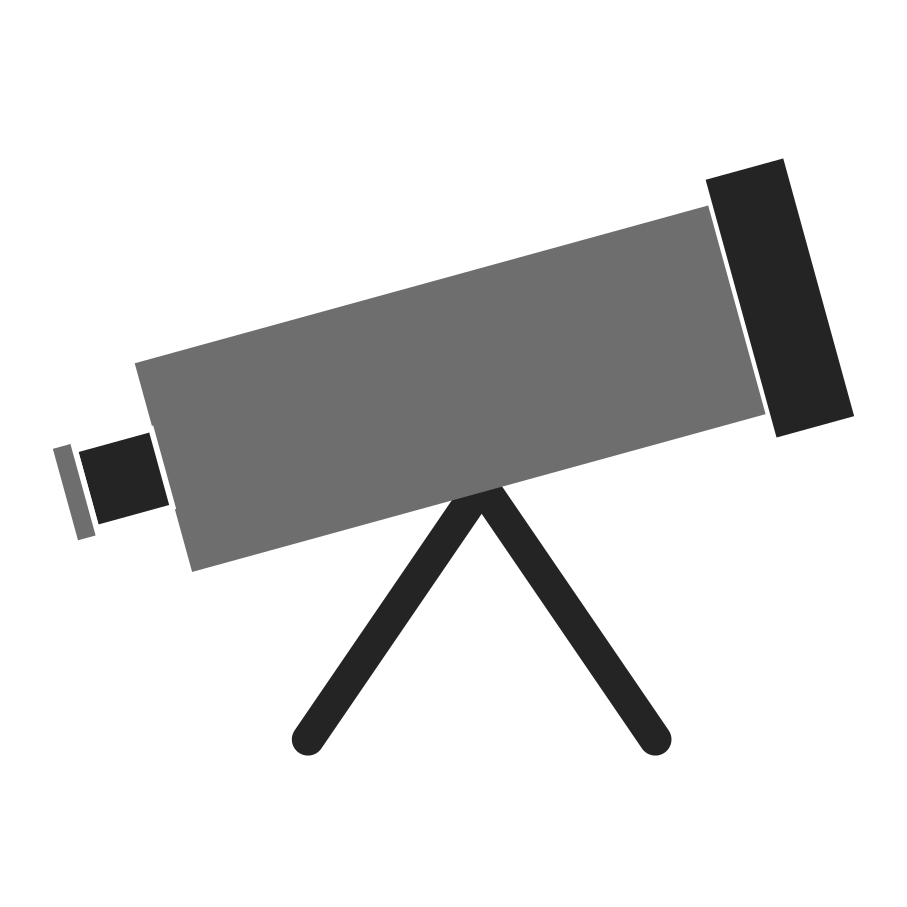¡Bienvenidos a SDSS Voyages!
Voyages es un nuevo recurso de SkyServer para los exploradores de Sloan Digital Sky Survey.
Diseñado para satisfacer las necesidades de los educadores, SDSS Voyages proporciona los caminos y los recursos de apoyo necesarios para permitir que los estudiantes descubran una variedad de fenómenos astronómicos utilizando los mismos datos que utilizan los astrónomos profesionales.
Our resources are also available in English!






